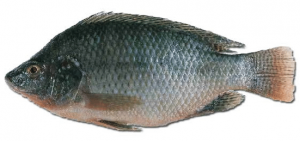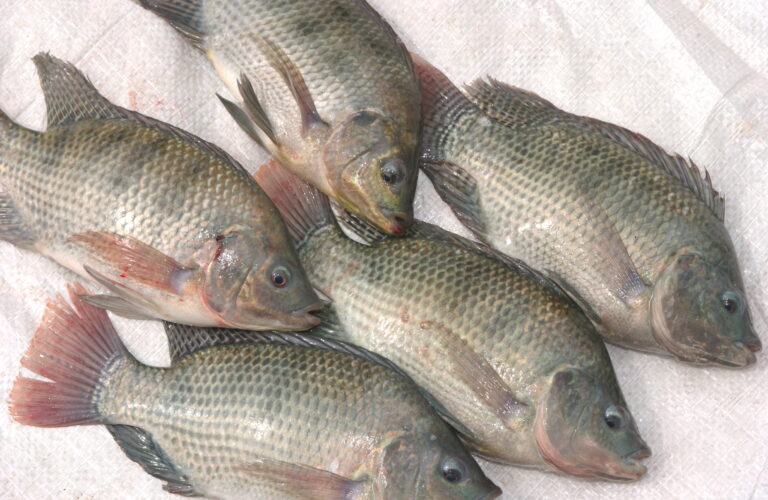Farming Nile tilapia (Oreochromis niloticus) in Tanzania is an increasingly important activity, contributing significantly to food security, economic development, and rural livelihoods. Nile tilapia is favored for its rapid growth, adaptability to various environmental conditions, and high market demand, making it an ideal species for aquaculture.
Tilapia farming offers numerous benefits. Nutritionally, tilapia is a high-protein, low-fat fish that serves as a crucial food source for many Tanzanian communities. Economically, the industry generates income for local farmers, creates employment opportunities, and supports ancillary industries such as fish feed production and fish processing. Additionally, tilapia farming can be integrated with other agricultural practices, such as using nutrient-rich pond water for irrigating crops, thereby improving overall farm productivity.
Despite its benefits, tilapia farming in Tanzania faces several challenges. Maintaining optimal water quality is critical, as poor water conditions can lead to disease outbreaks and reduced fish growth. Access to affordable and high-quality fish feed remains limited, affecting profitability.
Challenges in acid-base disturbances and oxygen uptake in Nile tilapia due to acute and prolonged CO2 exposure include physiological stress, impaired oxygen transport, increased energy expenditure, reduced growth rates, weakened immune responses, and higher susceptibility to diseases. These issues necessitate advanced water quality management, increased operational costs, and impact overall fish health and productivity in aquaculture settings.
A team of researchers from the Department of Animal, Aquaculture, and Range Sciences at Sokoine University of Agriculture; the Department of Biology at Aarhus University, and the National Institute of Aquatic Resources at the Technical University of Denmark, investigates the impacts of acid-base disturbances and their effects on oxygen uptake rates in Nile tilapia (Oreochromis niloticus) following both acute and prolonged exposure to elevated CO2 levels.
The study examines how different durations of CO2 exposure affect the fish’s physiological responses, specifically focusing on acid-base balance and oxygen consumption. The findings contribute to understanding the resilience and adaptability of Nile tilapia to changes in CO2 levels, which is relevant for aquaculture practices and environmental management.

For more information CLICK HERE
Hamad, M. I., Damsgaard, C., Munubi, R. N.,and Skov, P. V. (2024). Acid-base disturbances and effects on oxygen uptake rates in Nile tilapia (Oreochromis niloticus) following acute and prolonged CO2 exposure. Aquaculture, 741038.

The Department of Animal, Aquaculture, and Range Sciences
The College of Agriculture, Sokoine University of Agriculture
Share this page




